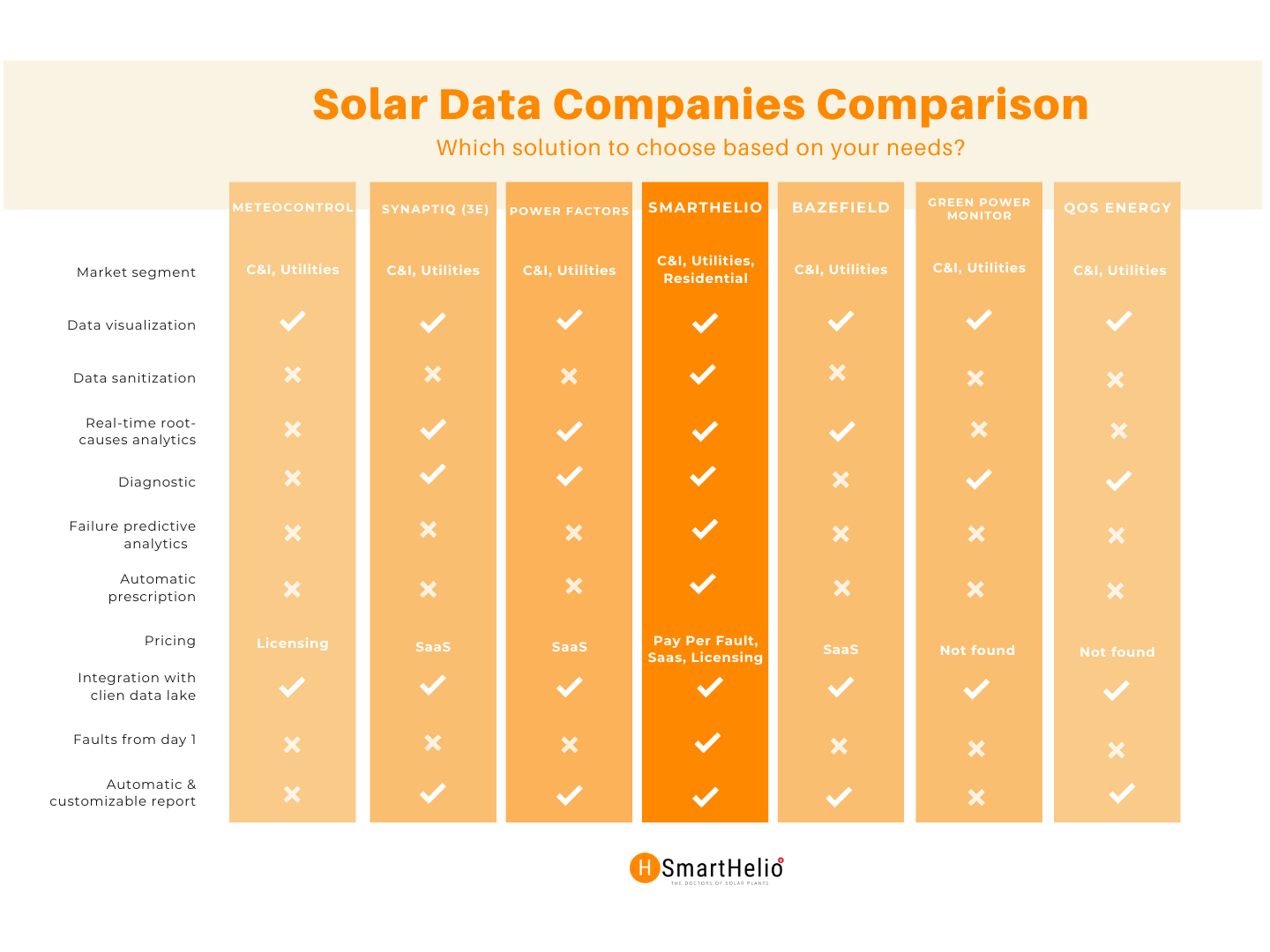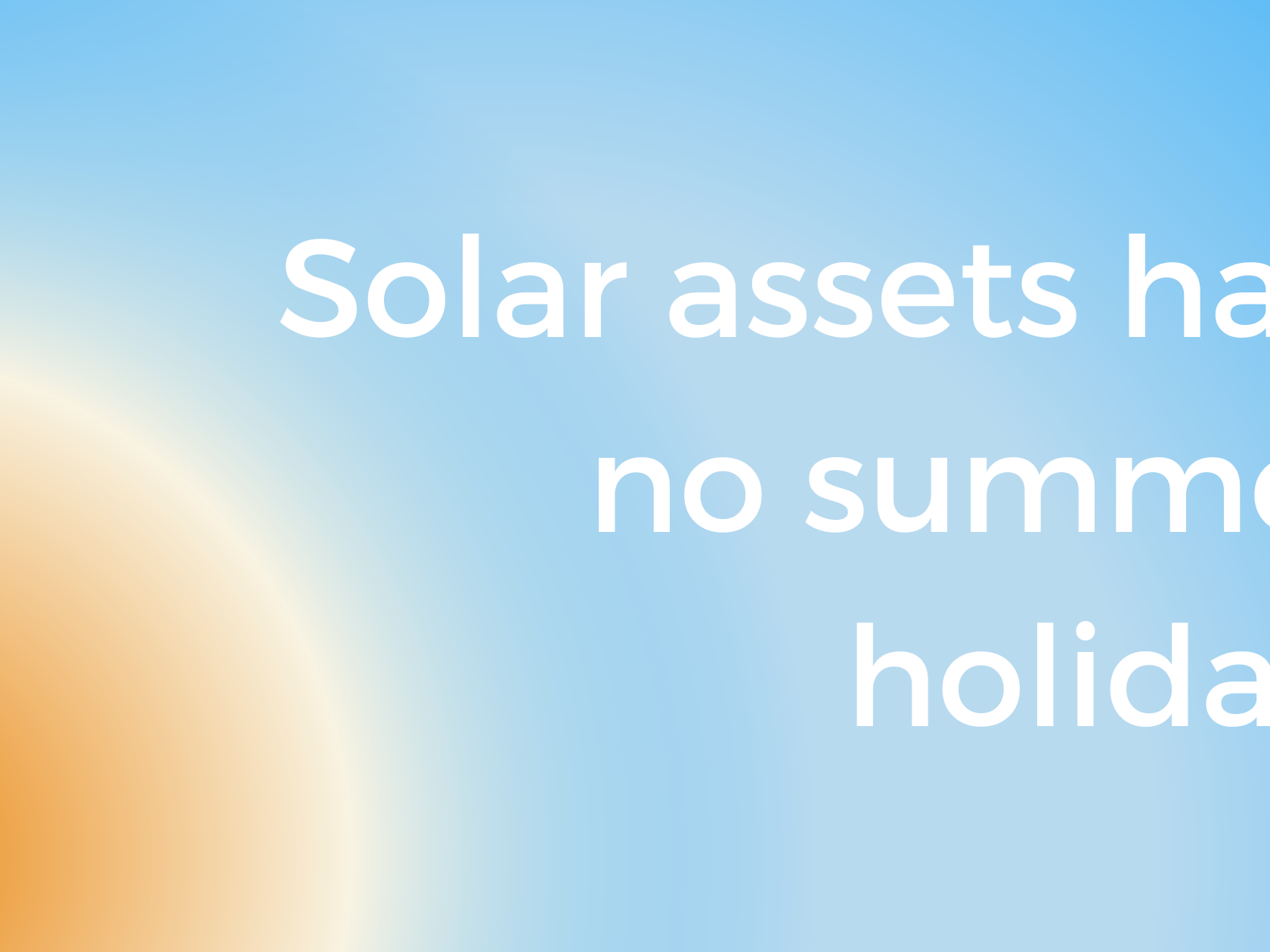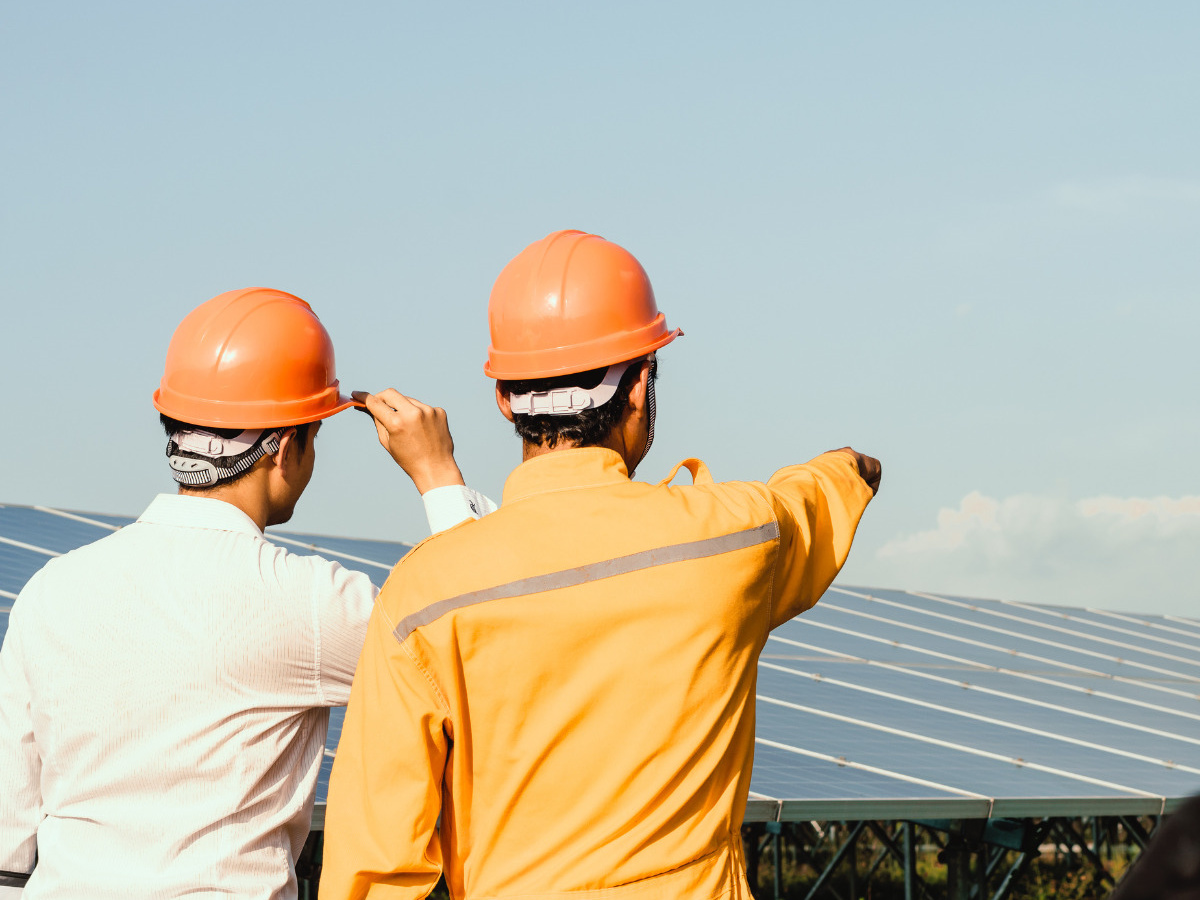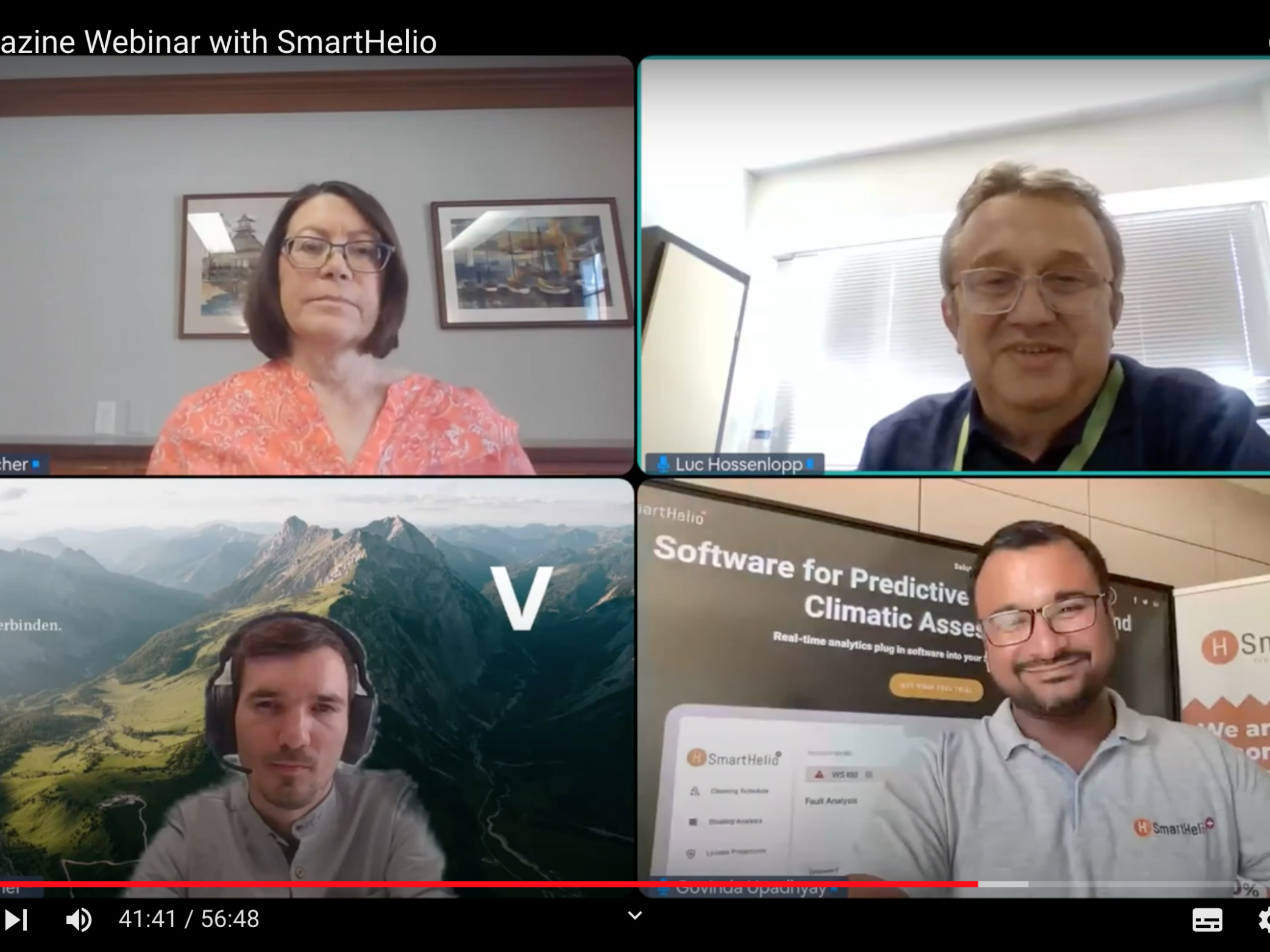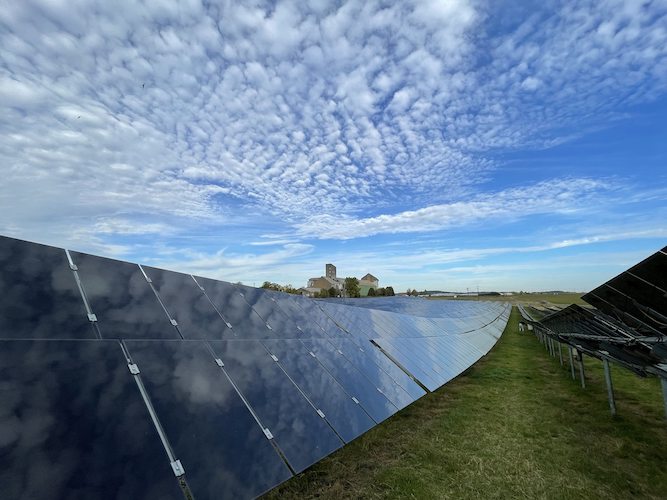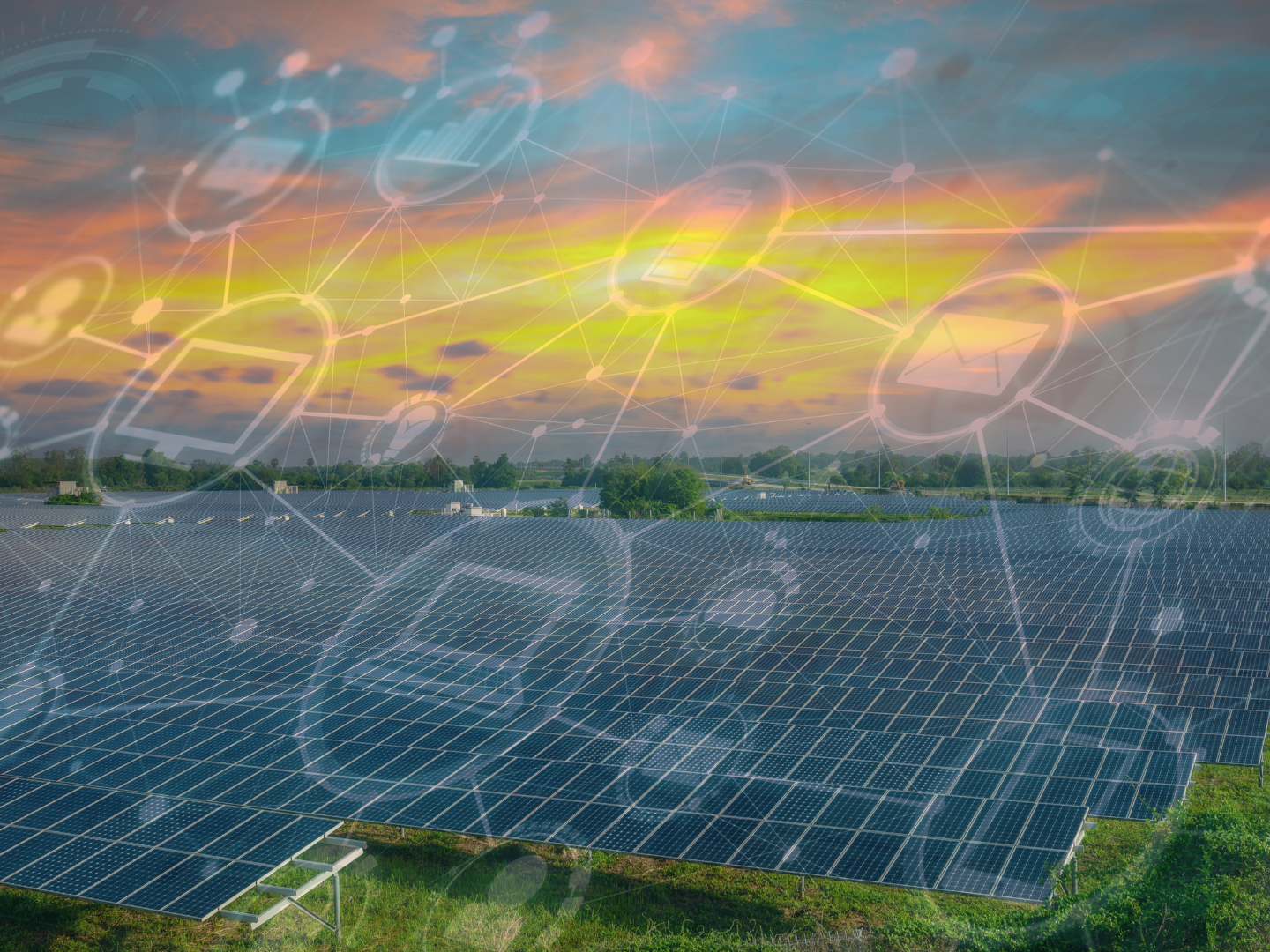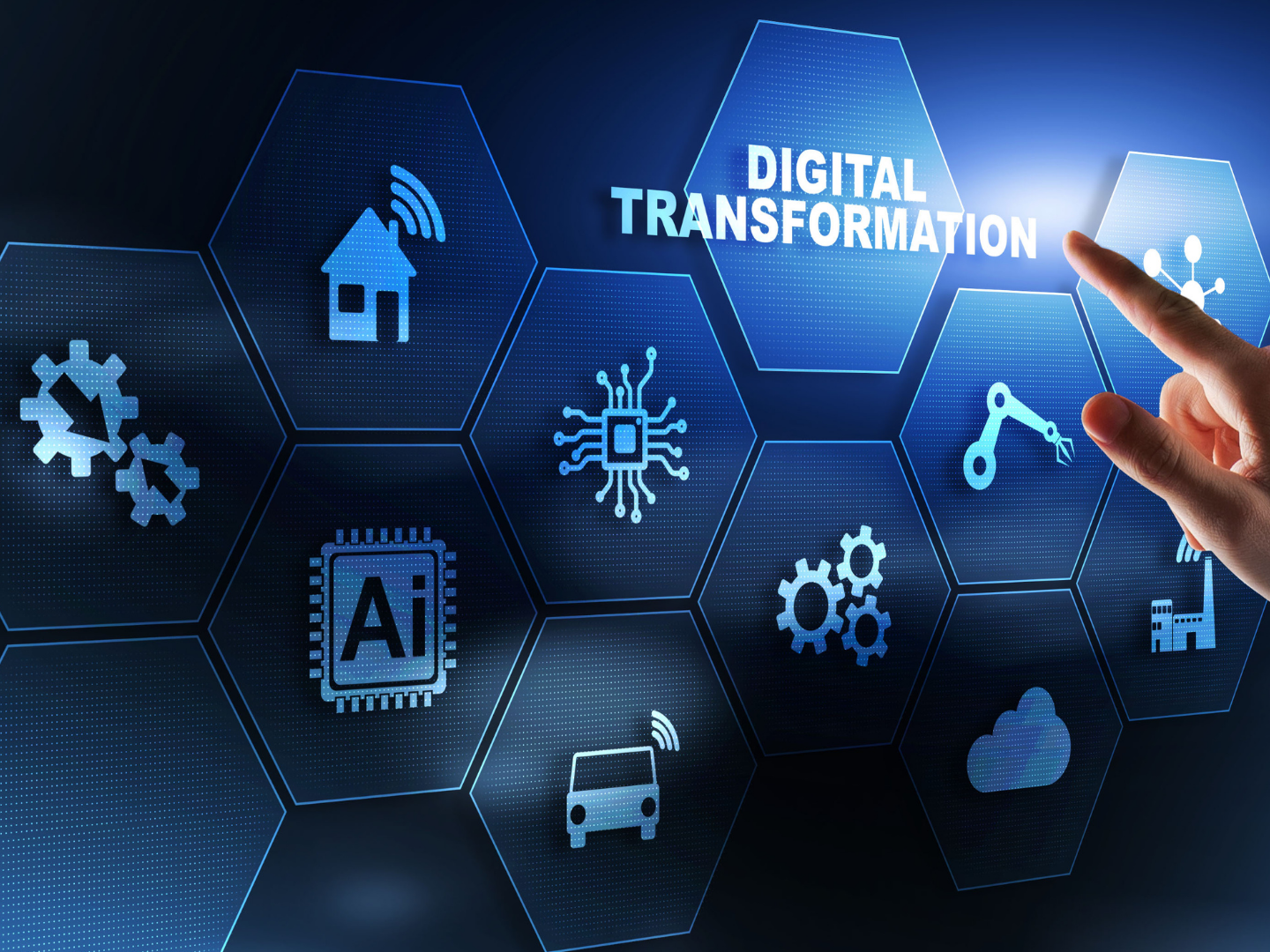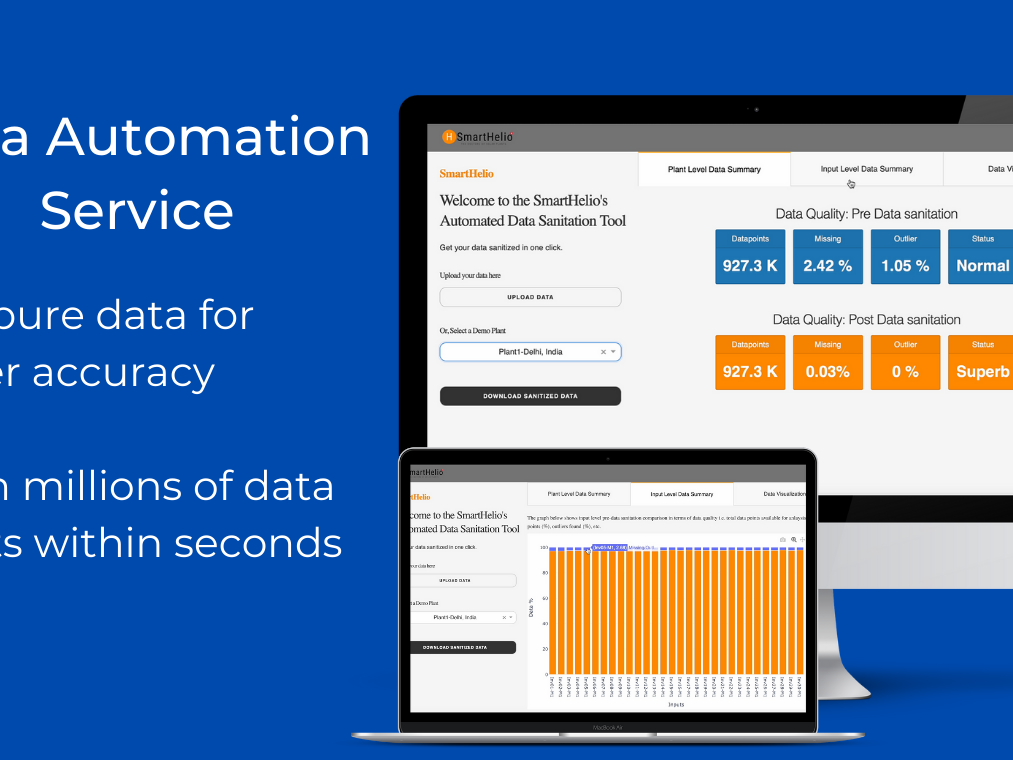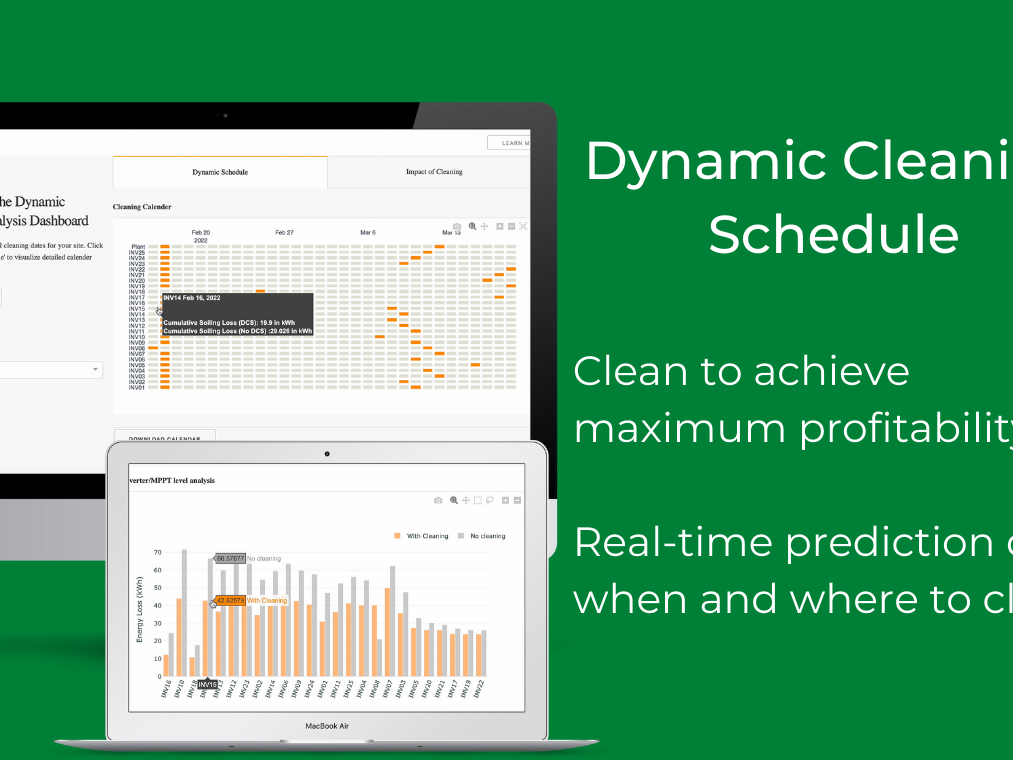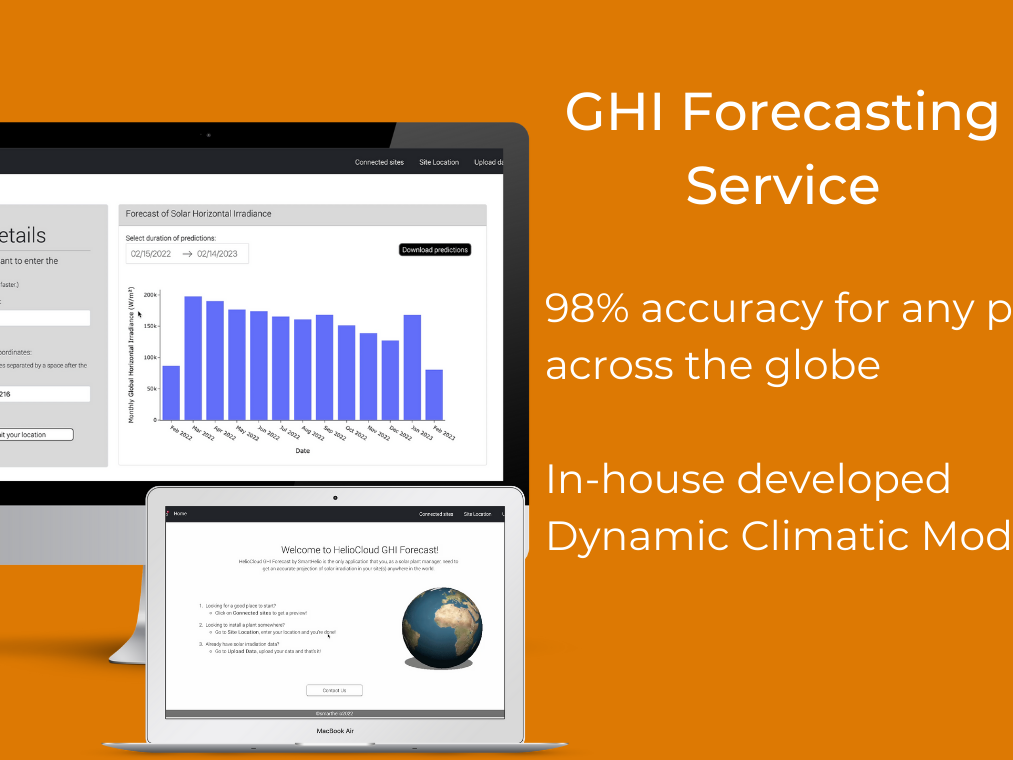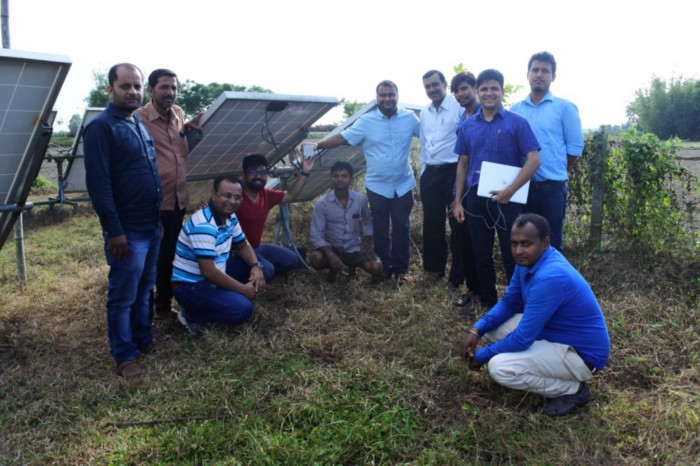
Rural electrification has been a long pending issue in India, but thanks to the new policies (like Saubhagya scheme) which is helping rural population to connect with the grid for the first time ever. Although many rural households have started to connect with the grid, there are still a lot of challenges that rural electrification faces. Reliable electricity connection, high connection costs, paperwork, electricity meter readings still need a lot of work on top of finding a solution to make DISCOMs financially healthy!
Smart Power India reports (Feb 2019) “Presently, almost 40% of grid-electricity users (in rural India) do not express satisfaction with grid-electricity services. Dissatisfaction stems from attributes of reliability and adequacy. With regards to affordability, the impact of poor metering and irregular billing and collections contributes to negative perceptions.”
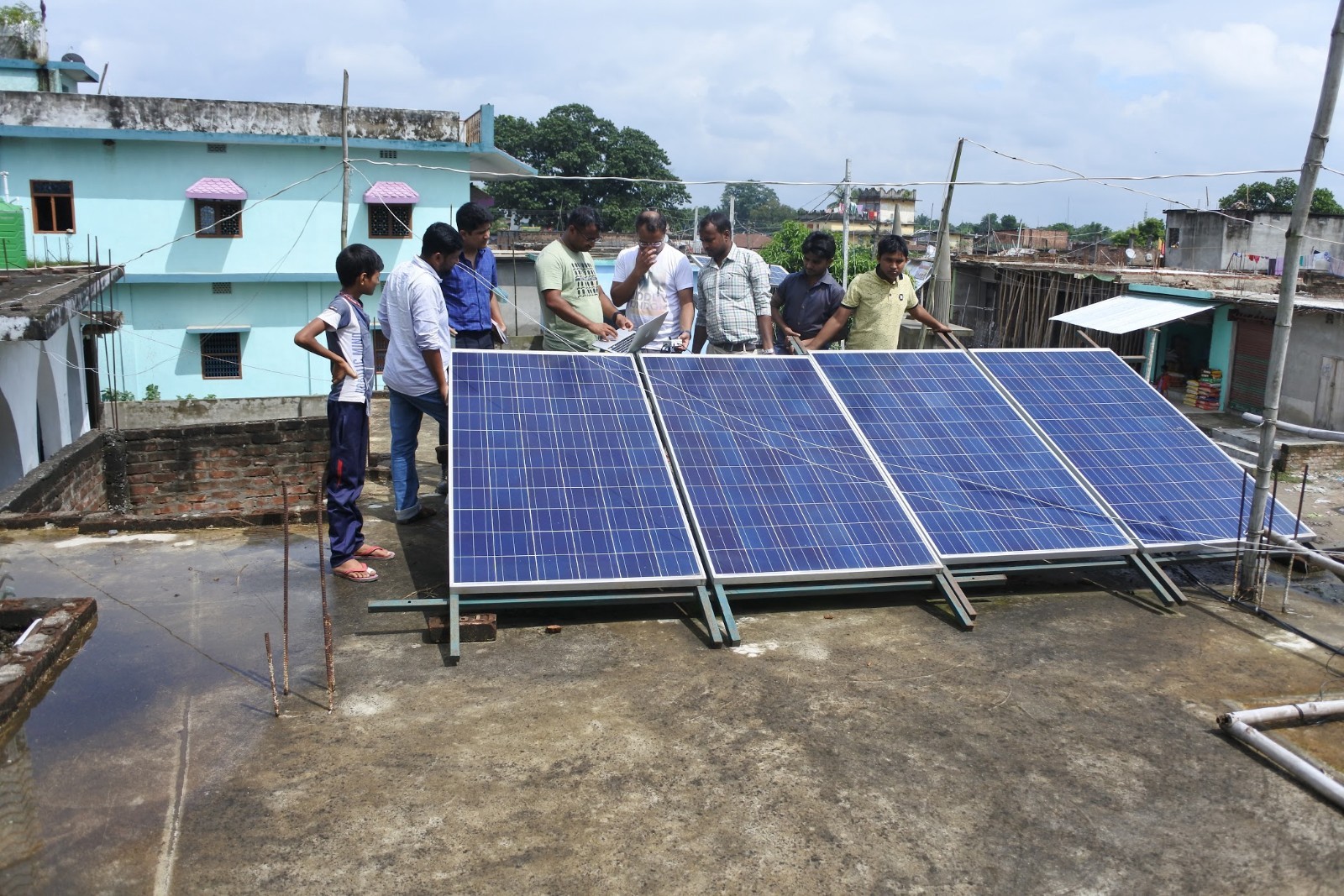
Having worked in the Solar PV industry for 6 years, I am still very new to the Indian Solar industry. I was fortunate enough to tag along with the team of LEDsafari, SmartHelio and Smart Power India in September to visit Araria, Bihar. A local IPP, DESI Power, has setup multiple tiny solar grids in the village of Araria to fulfill the very basic needs of the under serviced poor. These tiny grids were 1.2 kW each and provides electrical connections mostly to rural enterprises and households. Per connection a customer could only run a fan, one LED bulb and a mobile charging point. In the conversation with DESI Power, they reported that system downtime, reliable resources to maintain the systems and payment collection from customers are some challenges that had begun to challenge their existence.
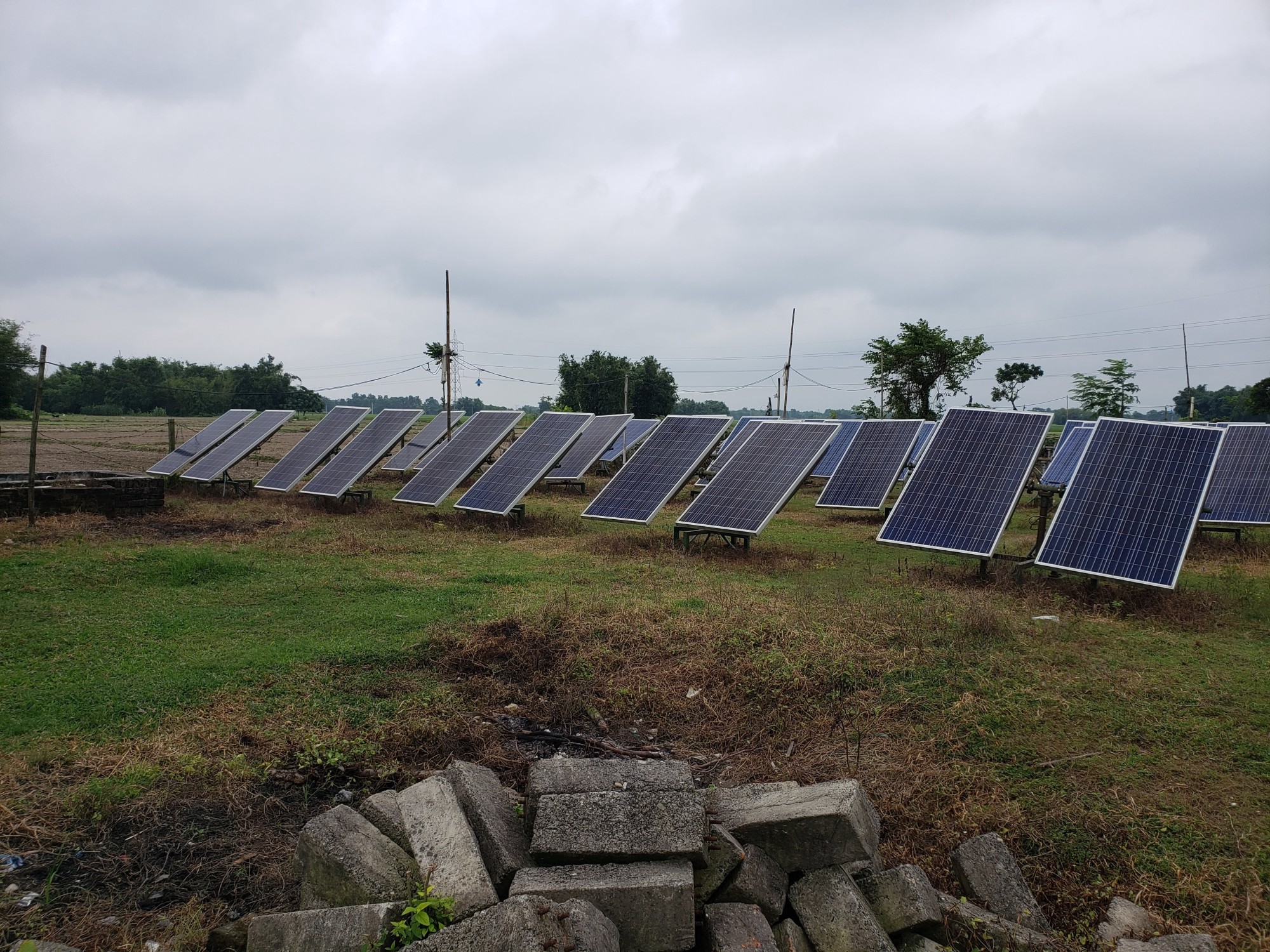
To counter the financial struggle, DESI Power started another model where in they built a mini grid to power machines to manufacture agricultural products, run water purification units etc which they sell in the market. They also built a biomass gasification unit where they use agricultural waste as fuel and the electricity produced by this unit is sold to farmers to power water pumps.
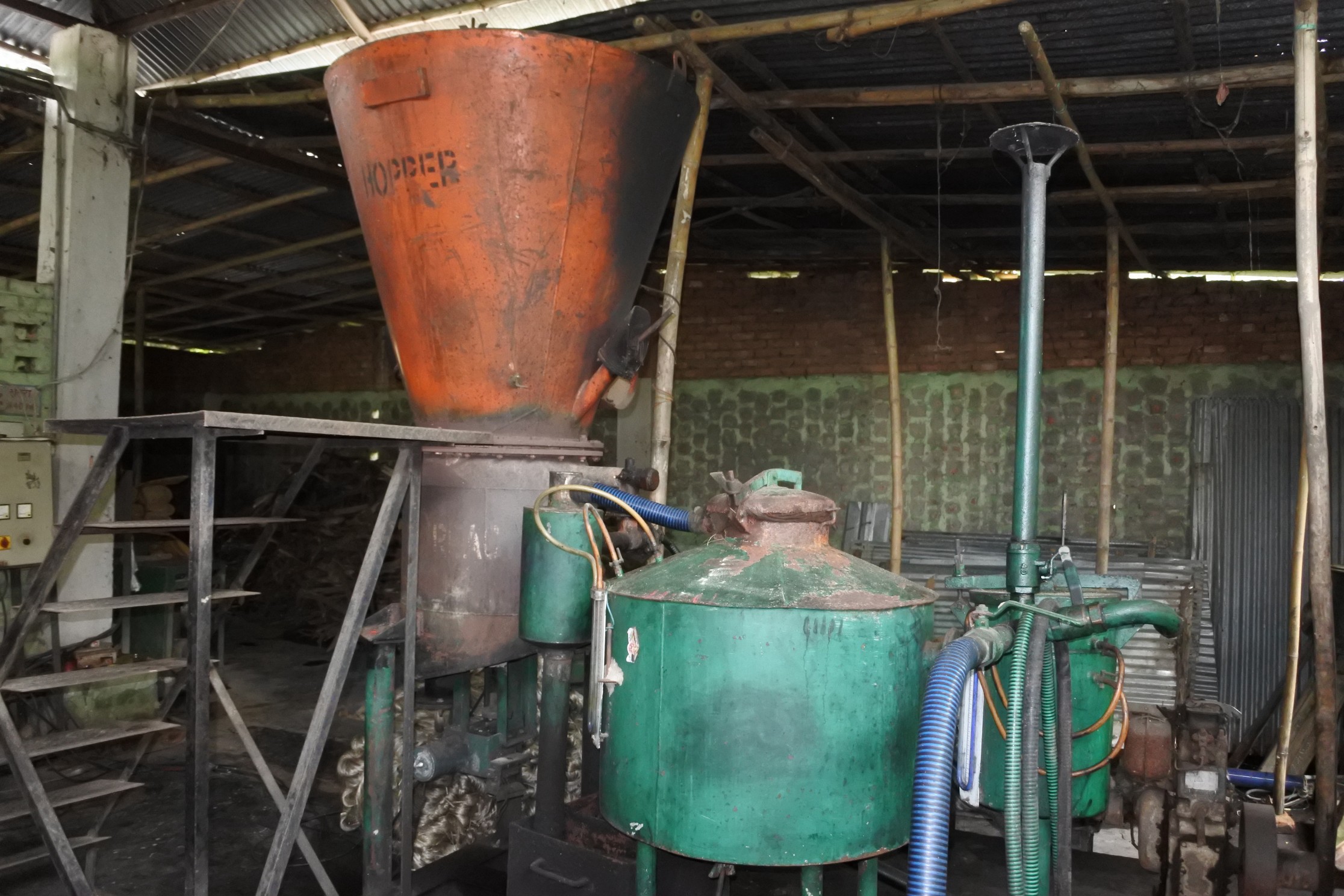
Monitoring and maintenance of these solar PV systems are currently very ineffective. SmartHelio has developed a AI-based monitoring ecosystem, HelioHealth (sensor), which can not only localize the fault, but also does predictive analysis of the issues which could result in lower production or system downtime (HelioApp- online monitoring platform). Their solution can reduce the system downtime of these mini/tiny grids by 80%. Not only that, they have build a comprehensive solution by developing an e-learning platform which links to the problems detected in the system and gives video lessons in local language which could be easily understood and utilizeded by the locals, coming from lower educational backgrounds, who maintain these systems.
This easy to install and universal sensor could truly help resolve the Indian Solar industry’s maintenance issues and enable EPCs to make data driven decision! LEDsafari is responsible for implementing the project as well as training development for the unskilled technicians. LEDsafari has years of experience in rural elecrification through their innovative DIY solar lamp and training programs.
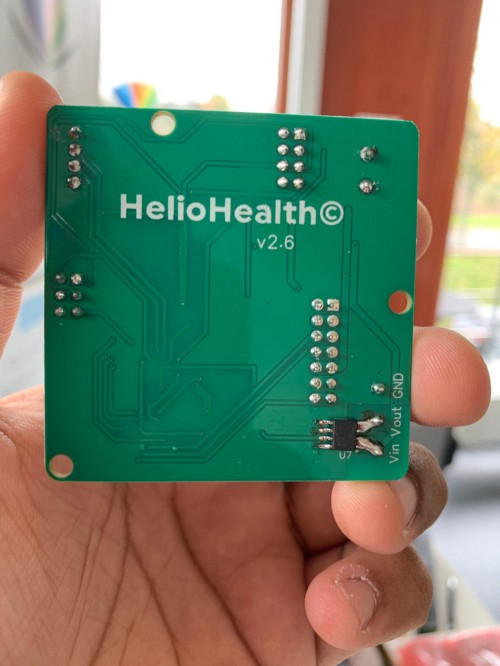
Indian solar industry is growing rapidly and the maintenance of these systems is becoming a growing concern among investors. India receives far more sun hours than the US, but the systems in the US are far more robust, reliable and profitable even though their cost of installation is significantly higher than similar size solar systems in India. The data-driven, Machine Learning based alerts and reports provided by the SmartHelio monitoring ecosystem is going to be a very disruptive solution for the industry!!
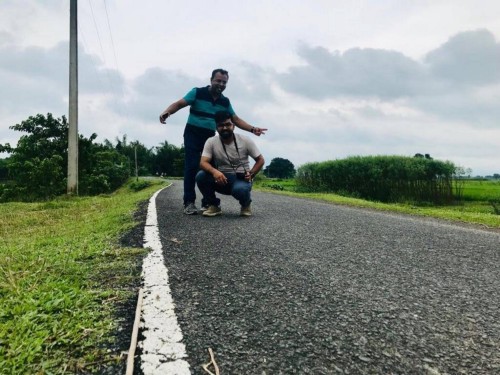
Before I put this article to an end, I must say that the infrastructural developments in a village like Araria were simply mind blowing. These roads were recently built under the Pradhan Mantri Gram Sadak Yogna. You can now find electric poles installed in villages. Things, though slow, are improving. We, however, need to be smarter on our decisions. We not only have to built systems (energy, roads, housing etc), but we need to make them sustainable!!


